Living
New year new you
Kickstart your image resolutions with our self-improvement guide

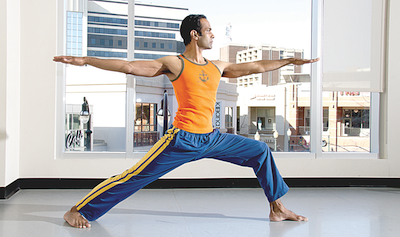
Daniel Phoenix Singh says keeping your workout gear handy helps you squeeze in quick exercise breaks when windows of time open up unexpectedly. (Blade photo by Pete Exis; special thanks to the Maryland Youth Ballet))
Lean locals share fitness tips
After the inevitable holiday excess, many among us are bemoaning the ab definition we lost after the eggnog and peanut butter balls. But fitness topics are not esoteric — we pretty much know what to do. It’s a matter of finding the motivation to do it. That’s where little tips and tricks can come in handy.
Maintaining Herculean abs and guns can take over your life but what about all those local LGBT folks who always look fit and trim no matter when you see them? We asked a few of them to share their favorite workout and diet tips in the hope that something will click for you.
“I am not a good example for eating,” says Scott Beard, a concert pianist. “Breakfast is usually coffee. I would say the best thing is to be in a regular workout routine. Make time for it. And mix up your workouts so your body is ‘surprised’ by new exercises. Also watch the alcohol intake. A beer is like drinking a loaf of bread.”
Brian Watson of Transgender Health Empowerment was one of those lucky few who managed to stay naturally thin without working out. But he just turned 30 and decided he could use some ab definition.
“Something I think helps is that I drink a lot of water,” he says. “Whenever I eat, I have a glass of water. I think that not only has that helped keep me thin, but healthy. It eliminates a lot of the sugar, caffeine, etc., that a lot of people put in their bodies everyday. I’m also one of those people who don’t mind taking the stairs instead of the elevator.”
Clark Ray of the Greater Washington Sports Alliance believes in moderation, structure and maintenance.
“Eat what you want but be sensible,” he says. “For structure, make a schedule and stick to it. And with maintenance, you have to be persistent. Work to maintain the personal achievement you’ve made and set goals for new desires and results.”
Realtor Evan Johnson is an avid runner. He runs 3.5 miles six days per week and augments it with 30-minute weight training exercises five-to-six days per week. He says working out very early — before the sun is up — works well for him.
Ebone Bell (Capital Queer Prom) lost 42 pounds over the past six months. She was going for a “slim and healthy look,” and achieved it by sticking to a low-calorie diet (less than 2,000 calories per day), going to the gym three-to-four times per week and balancing cardio and strength training.
“And don’t sleep on Zumba,” she says. “It’s a fun way to burn a lot of calories in just an hour.”
Lesbian Anya Maleknasri is a trainer at Gold’s Gym in Manassas and has several tips. She says finding a gym near work is better than home.
“If you’re driving toward the house, you’re more likely to pass it up for the couch,” she says. “But if it’s near your work, you’ll consider it still work time.”
She also suggests organic, grass-fed meats, healthy fats, nuts, vegetables and fruit.
“Our bodies were intended to eat,” she says. “Fat does not make you fat. Processed food and sugar makes you fat.”
Also, “workouts should be short and intense,” she says. “If it’s easy, it’s probably not going to create any change. But three-to-four days of 20-30 minutes of hard work with a clean diet and you will see change in only a few days. Staying fit and healthy is not a resolution. There are no quick fixes or special pills you can take. But everyday is a new start and there is no end point. Stay realistic and change your lifestyle and your health will turn into a life-long reality.”
Josh Bennett, a singer and dancer with the Gay Men’s Chorus of Washington — he’s the one they always put in the scantily clad attire since he’s so buff, says getting into a healthy routine is “an entire lifestyle change.”
“You have to be ready to change your diet and to push your body to new limits,” he says. “It’s never easy but the health rewards are great. The single biggest hurdle is motivation. It’s never easy to get off the couch and put down the chips but think of an event or person whom you want to look good for and post pictures of them on your phone/TV/computer or mirror. Use that motivator as a constant reminder to clear the junk food out of your kitchen and get on your feet.”
Kevin Platte, founder and director of the eternally shirtless D.C. Cowboys, advises healthful foods in smaller amounts.
“It’s all about portion sizes,” he says. “As we get older, we don’t need to eat like we did when we were teenagers. And remember — drinking a cocktail is like eating a dessert.”
He advises a solid exercise program with a special focus on abs.
Jerry Zremski, a gay D.C.-based reporter for the Buffalo News, finds it helpful to make fitness part of a daily routine. Working out at the same time each day helps him stick to a plan. He also eats meals at regular times and doesn’t snack.
“Consider hiring a trainer if you want to add muscle,” he says. “I did and it worked, even at my advanced age, which I am not revealing.”
His other favorite tip, which works great for D.C., is — “if your destination is less than a mile away, walk.”
Gay dancer Daniel Phoenix Singh (he has his own eponymous dance company), maintains his trim physique by augmenting the workout he gets from dancing with yoga, cardio and weight training. He’s also a vegetarian.
“I watch what I put in my mouth,” he says with a sly chuckle.
“Also be ready to work out any time,” he says. “I always keep my yoga mat, workout clothes and sneakers in my car so there is never an excuse. Because believe you me, I’m just like everyone else — I’d rather spend the evening watching YouTube videos if I could find an excuse to skip working out.”
— COMPILED BY JOEY DiGUGLIELMO
Freezing the fat
Achieve your New Year’s goal with safe, new procedure
By DR. KHALIQUE ZAHIR
The New Year brings many resolutions. Looking good is the first and most important one. Exercising and dieting can help, but there are some areas that won’t change, no matter how many Pilates classes you attend. The desire to look perfect can be frustrating, because you can only change so much on your own.
CoolSculpting by ZELTIQ is one of the non-invasive ways to reduce fat in targeted areas of the body that results in a natural-looking fat reduction in the areas treated. This method uses a cooling technology that targets fat cells through a process that does not harm the surrounding tissue. This procedure can reduce unwanted abdominal fat, love handles and back fat. It is performed in a dermatology office with a topical applicator that cools targeted fat cells under the skin. Only those areas targeted get fat reduction. All individuals can resume normal daily routines after the procedure. Patients may start to see changes as quickly as three weeks after their treatment, and will experience the most dramatic results after two months. The body continues to flush fat cells and will continue doing so for up to four months.
Some areas are not necessarily best suited for this freezing technique and are better handled with more immediate micro lipo-contouring procedures to remove bulges quickly. Identifying your specific needs is the most important thing, and can only be done after an evaluation. In many places, you can have a complimentary consultation with a cosmetic team. Some areas not suited for the Coolsculpting method are best treated using a tumescent lipo-contouring method. Many of these procedures can be performed with you awake and pain free in office, with minimal to no down time. Certain areas of the chest, neck and the abdomen respond best with this treatment and offer results within the first week.
Using the newer modalities in reduction of swelling and bruising has made outpatient body contouring popular and achievable for anyone with the challenges of unwanted body fat. Establishing a regimen best suited for your lifestyle needs with a board certified plastic surgeon is the first step toward succeeding in getting through the New Year’s resolution list. With all the newer innovative technology available, treat yourself to a procedure that can help you in your efforts to look as good as you can, quickly, effectively, and today.
In addition to getting the body you want this year, getting your skin in picture perfect condition is always right up there on the list. Smoother, softer, more even, unblemished and younger-looking skin are what people seek. There are so many things that can be done now to achieve the skin you want.
Lasers, combined with a good skin care regimen, can often solve almost any problem, or get you close to the desired result you’re looking for. Lasers can even out pigmentation, reduce redness, brighten, tighten, reduce and smooth out scarring, reduce or eliminate age spots, and much more. The most important thing when it comes to lasers it to go a dermatologist’s office, with board-certified dermatologists. Many states differ in their regulations on who can perform lasers, but you want to go to a dermatology practice if there is going to be someone performing lasers on your skin. Dermatologists see the skin differently than anyone else, and it is important for you to get someone who can look at your skin comprehensively, with an expert eye.
Dr. Khalique Zahir is with the Dermatology Center and Rockledge MedSpa with three Locations: Northwest D.C., Bethesda and Germantown. Visit dermskin.com or call 301-968-1200 for more information.
Autos
Revving up the holidays with auto-themed gifts
Lamps, mugs, headphones, and more for everyone on your list
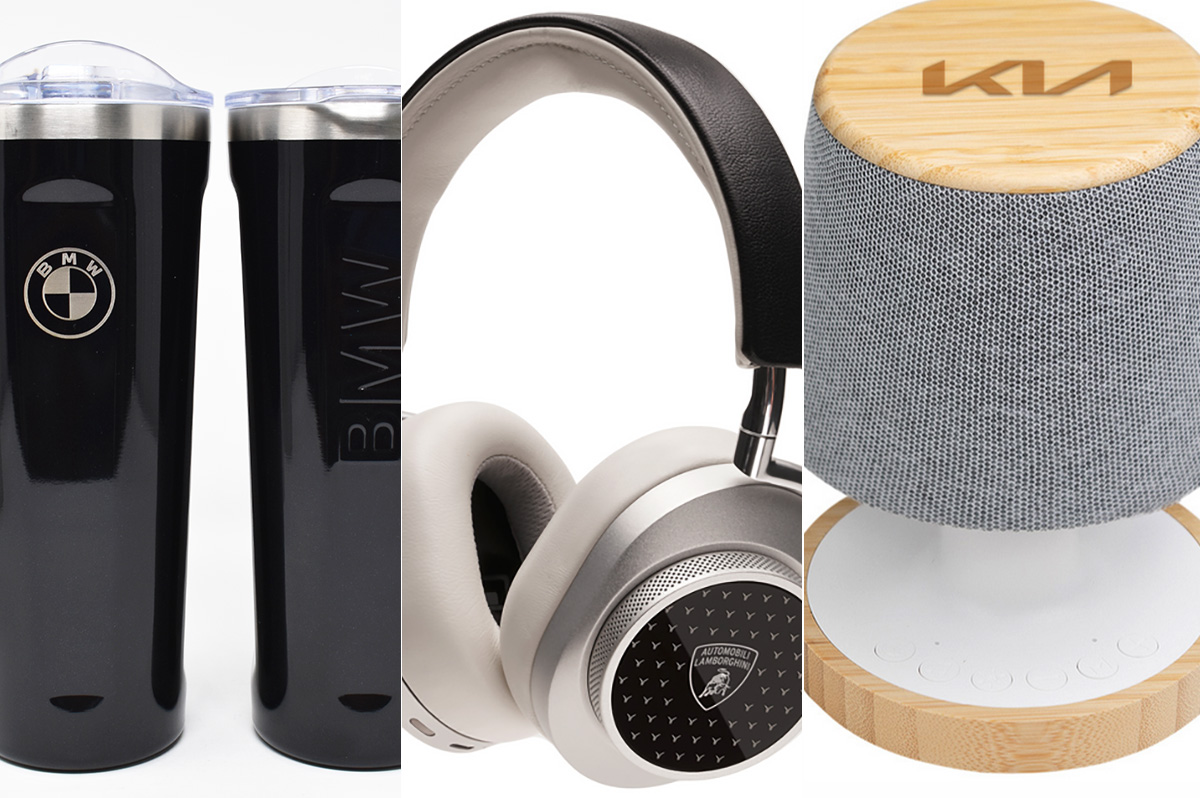
Here’s how to shift your holidays into high gear.
Bentley Bottle Stopper
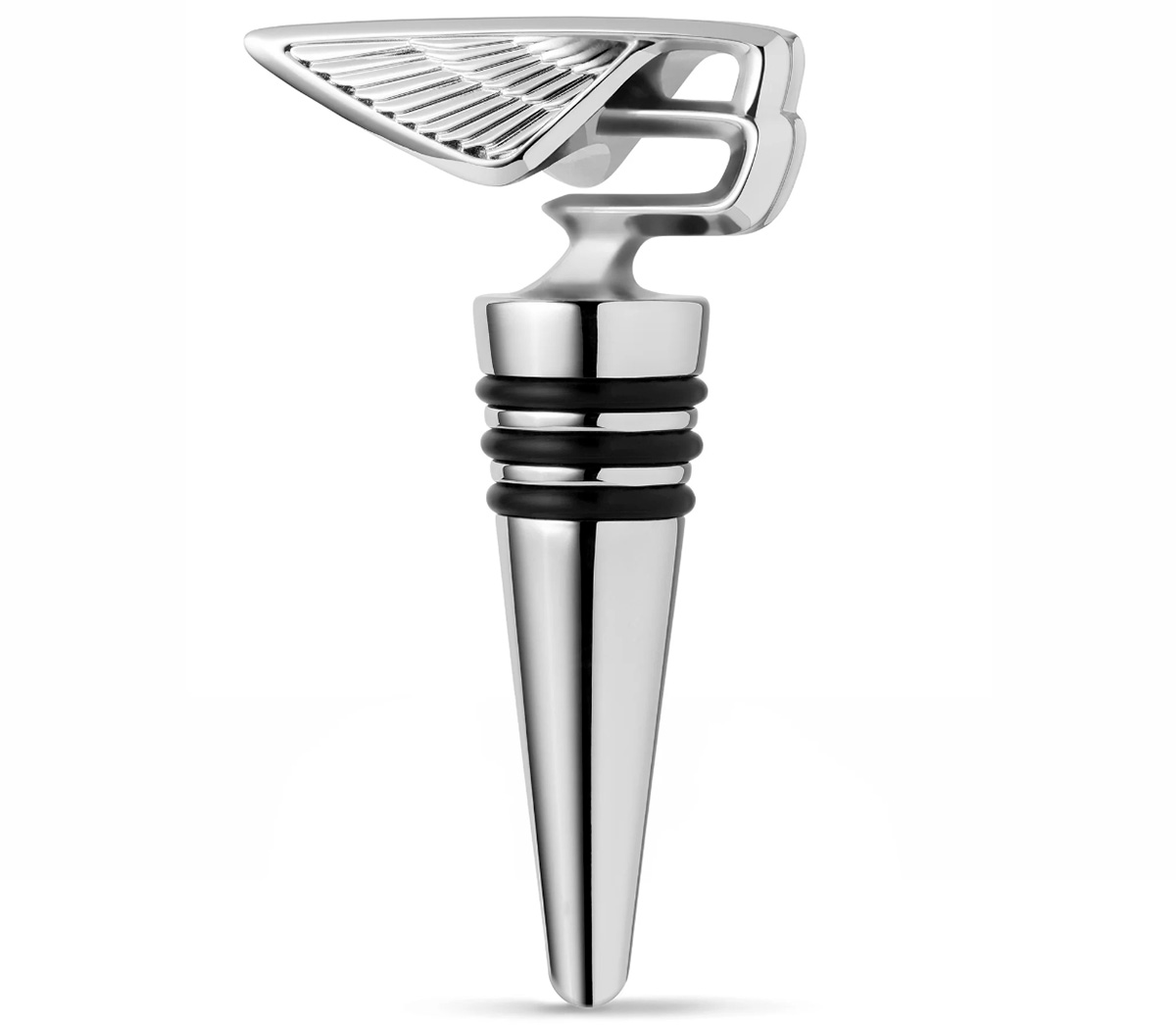
Pop your cork—in a good way—with a Bentley bottle stopper ($106), made of zinc alloy with chrome plating and rubber rings. The classy design is inspired by the automaker’s iconic “Flying B” mascot from 1930.
Subaru Motorsports Counter Stool
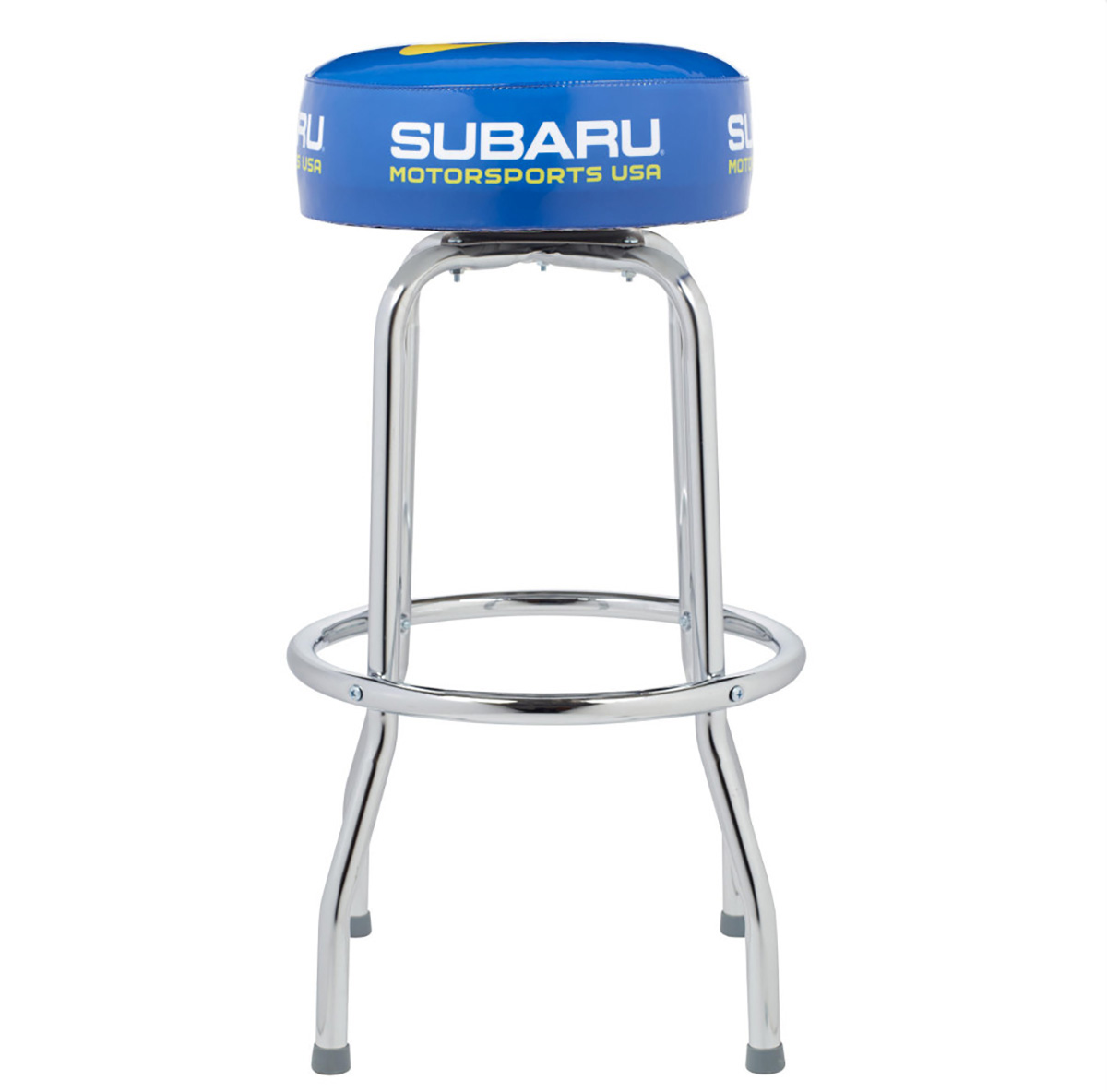
Belly up to the bar with the Subaru Motorsports Counter Stool ($175). The 30-inch-tall metal chair—with padded vinyl cover and automaker logo—is lightweight and swivels 360 degrees.
BMW Luxe Luggage
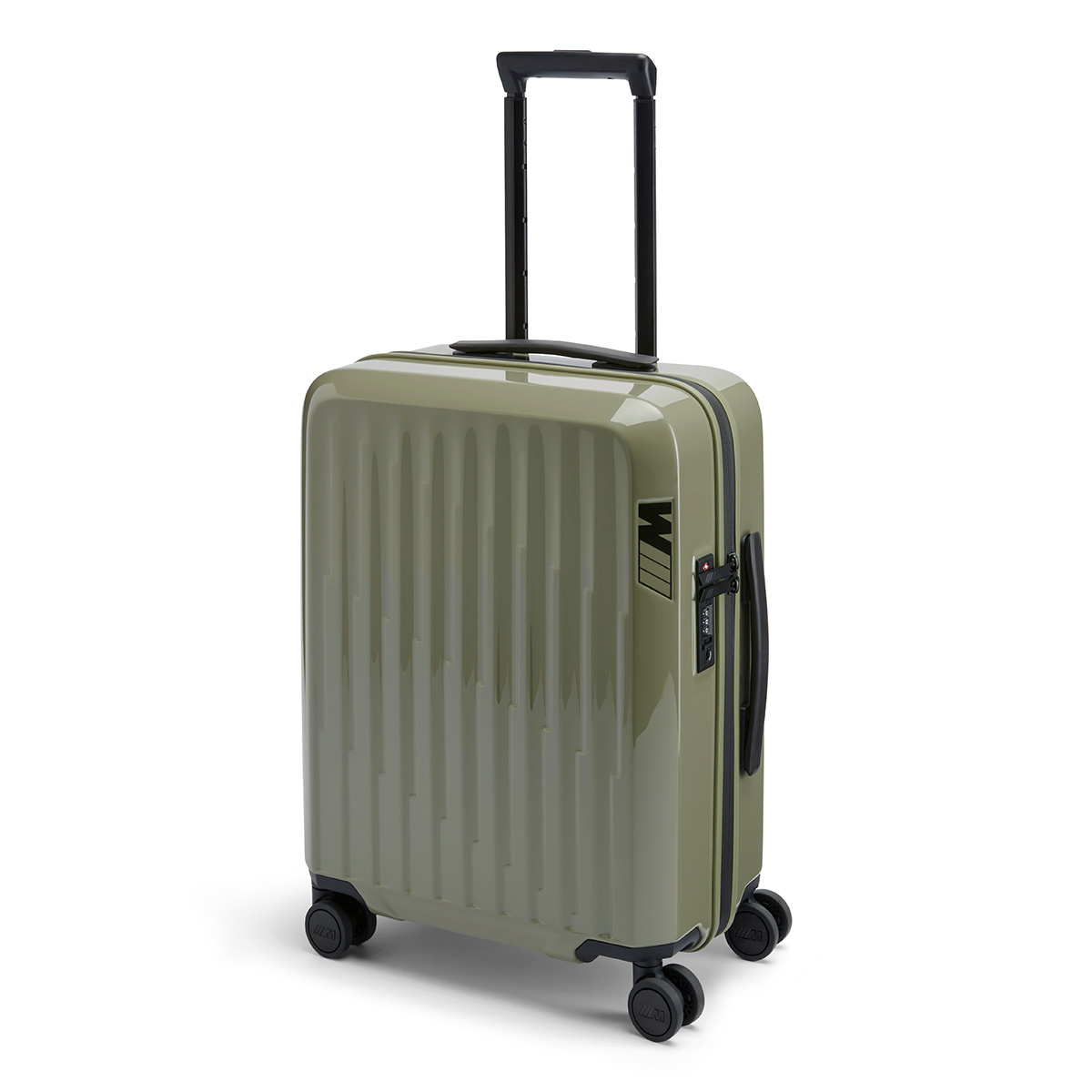
You won’t have trouble spotting this chic khaki-green BMW M Boardcase ($307) at airport baggage carousels. The high-performance “M” logo is etched on the durable polycarbonate casing, as well as on the main compartment zipper and all four of the sturdy double wheels. Comes with recycled lining, along with laundry and shoe bags.
Ford Yoga Gym Bag
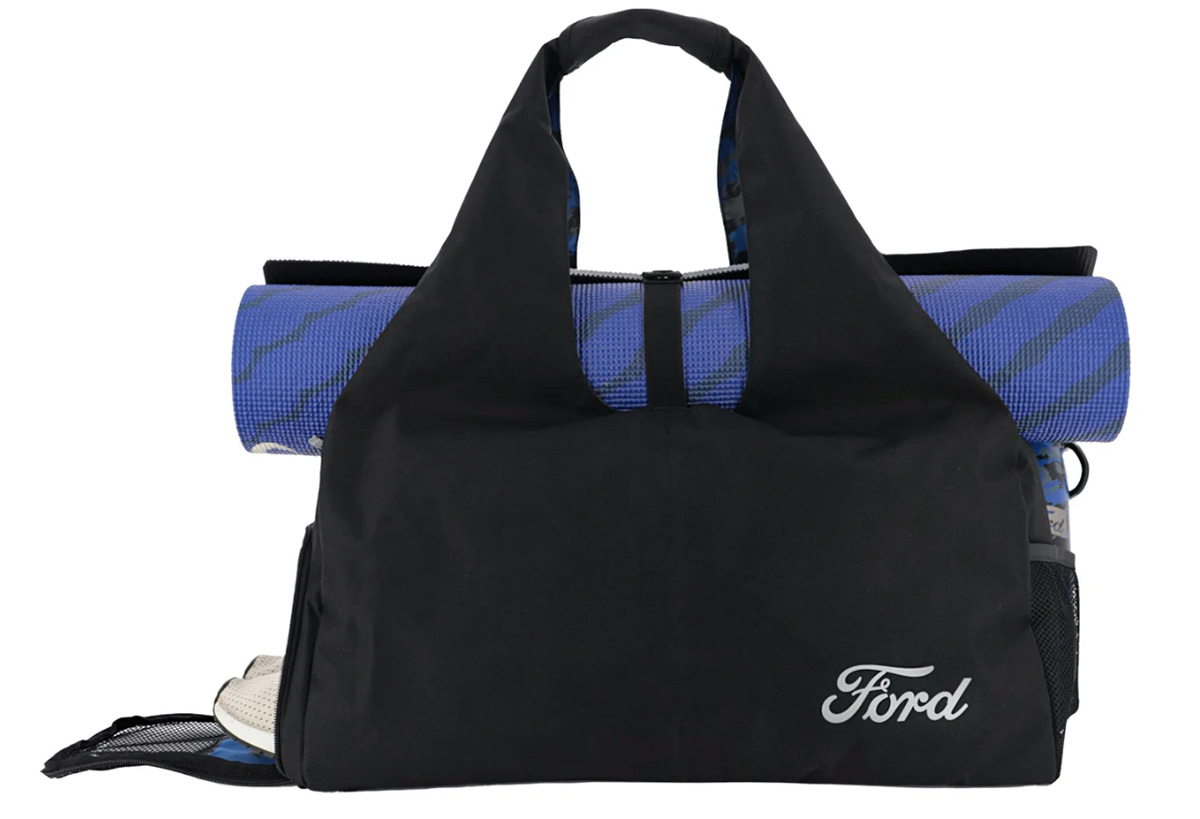
The Ford Yoga Gym Bag ($15) has a wide handle and button strap to securely carry a yoga mat, as well as convenient pockets to stow water bottles and shoes. Made of black polyester, with reflective silver Ford logo. (Yoga mat not included.)
Kia Mini Lamp with Speaker/Sound
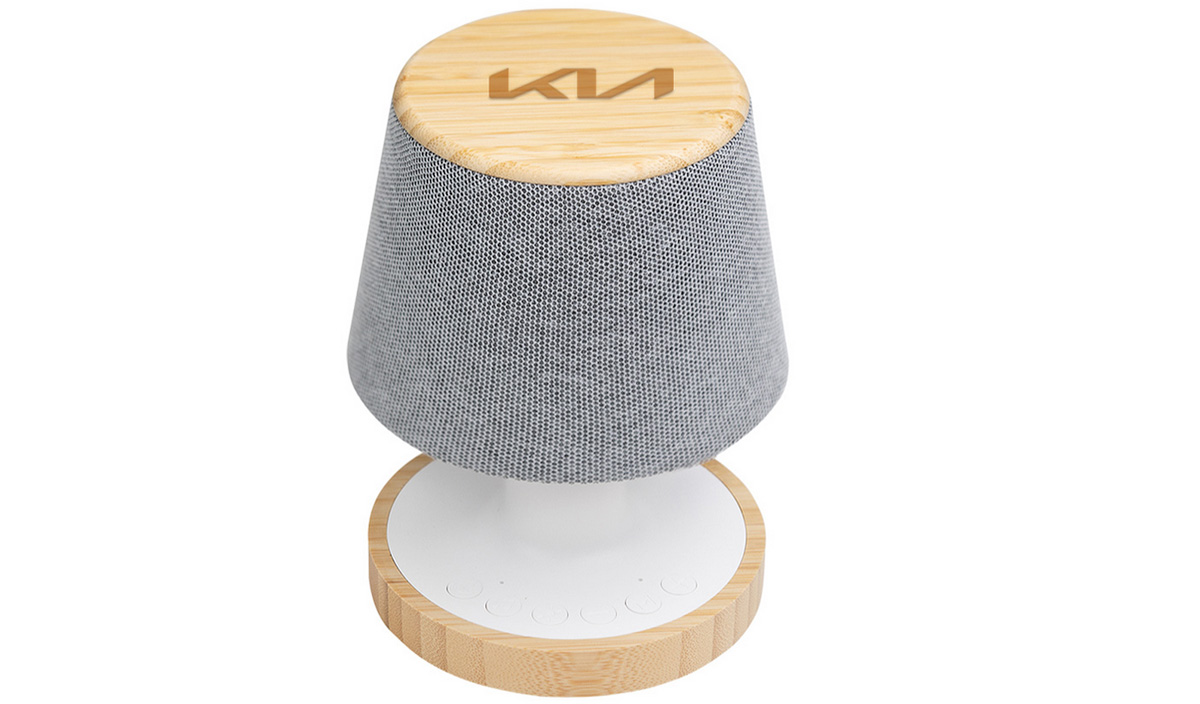
It doesn’t get much more Zen than a Kia Mini Lamp with Speaker and Sound Machine ($50). Made of bamboo, sturdy plastic and a fabric grill, the tiny wireless lamp has LED lighting with three settings. Pair with your phone to choose from eight soothing sounds: brook noise, bird chirp, forest bird, white bird, ocean wave, rainy day, wind and fireside.
Lexus Green Pro Set
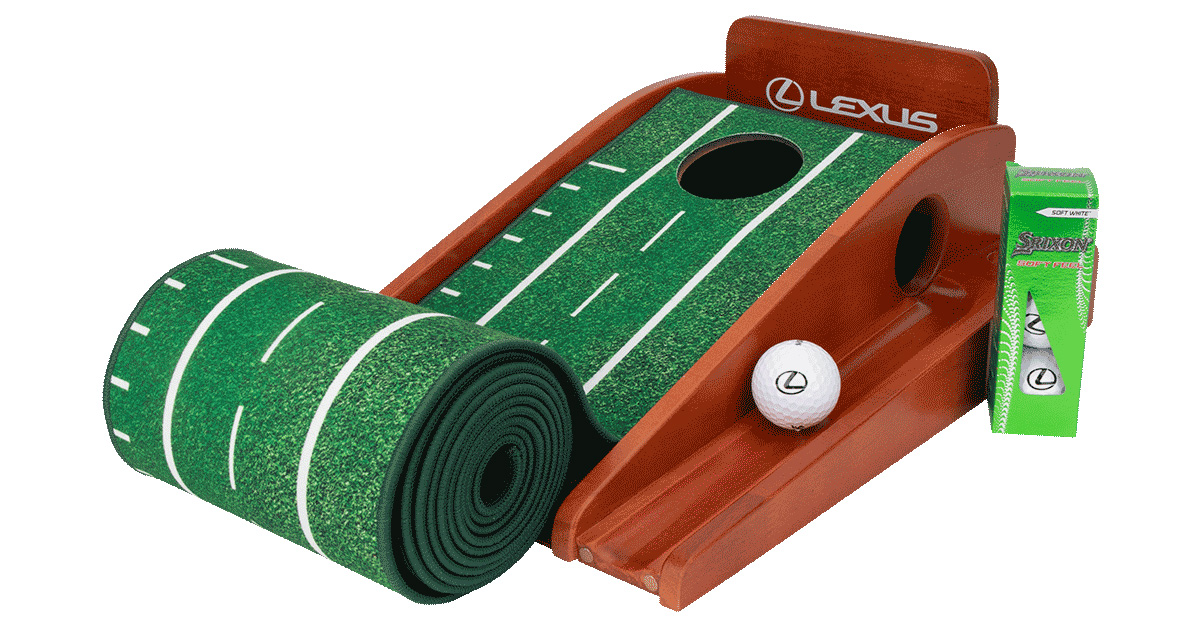
Practice makes perfect with the Lexus Green Pro Set ($257), a putting mat with “train-track markings” to help improve any golfer’s alignment. Lexus logo on the wood frame with automatic ball return.
Lamborghini Wireless Headphones
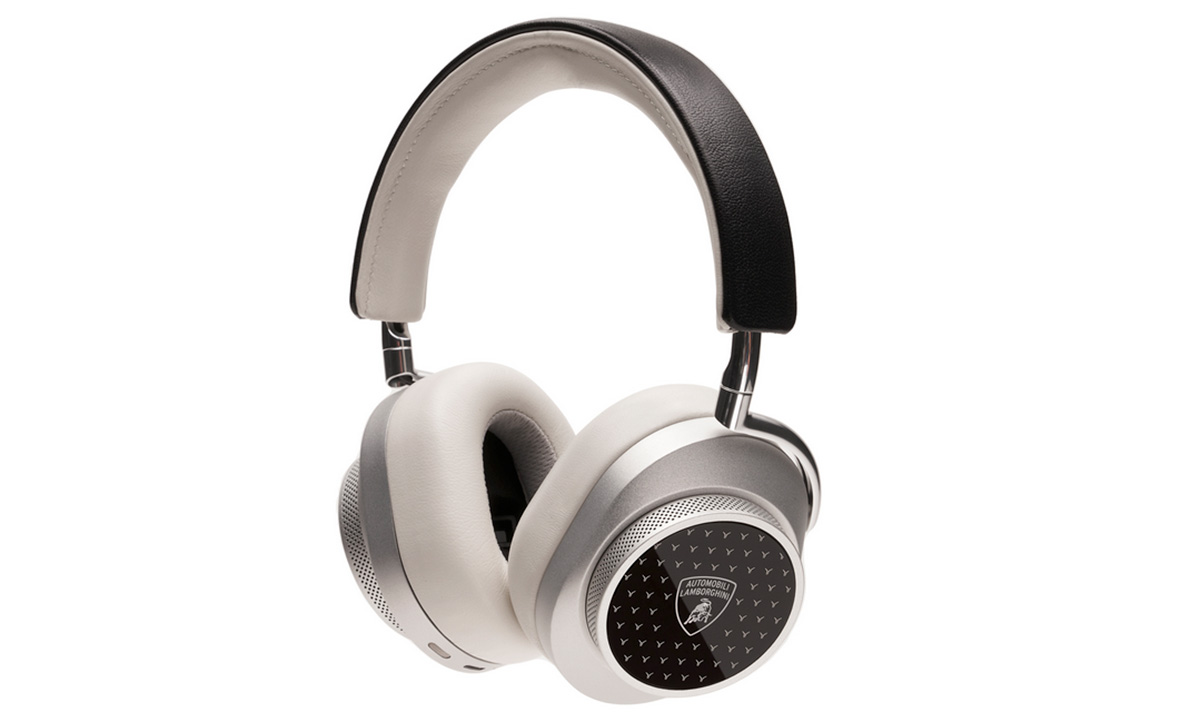
Turn on, tune in, drop out—well, at least at the end of a hectic day—with these Lamborghini Wireless MW75 Headphones by Master & Dynamic ($901). Batteries last up to 32 hours or up to 28 hours in active noise-canceling mode.
BMW Quatro Slim Travel Tumbler

The BMW Quatro Slim Travel Tumbler ($23) lives up to its name: sleek, smooth and scratch-resistant. Comes with leak-proof lid and non-spill design.
Ford Vintage Mustang Ceramic Mug

Giddy-up each morning with the Ford Vintage Mustang Ceramic Mug ($29). With cool blue stripes, the 14-ounce mug features a silver handle and iconic pony emblem.
My First Lamborghini by Clementoni

Proving it’s never too early to drive an exotic car, My First Lamborghini by Clementoni ($62) is for children ages two- to four-years old. Kids can activate the remote-control car by pressing the button on the roof or by using the remote. This Lambo certainly is less expensive than an entry-level Huracan, which starts at $250,000.
Rolls-Royce Cameo
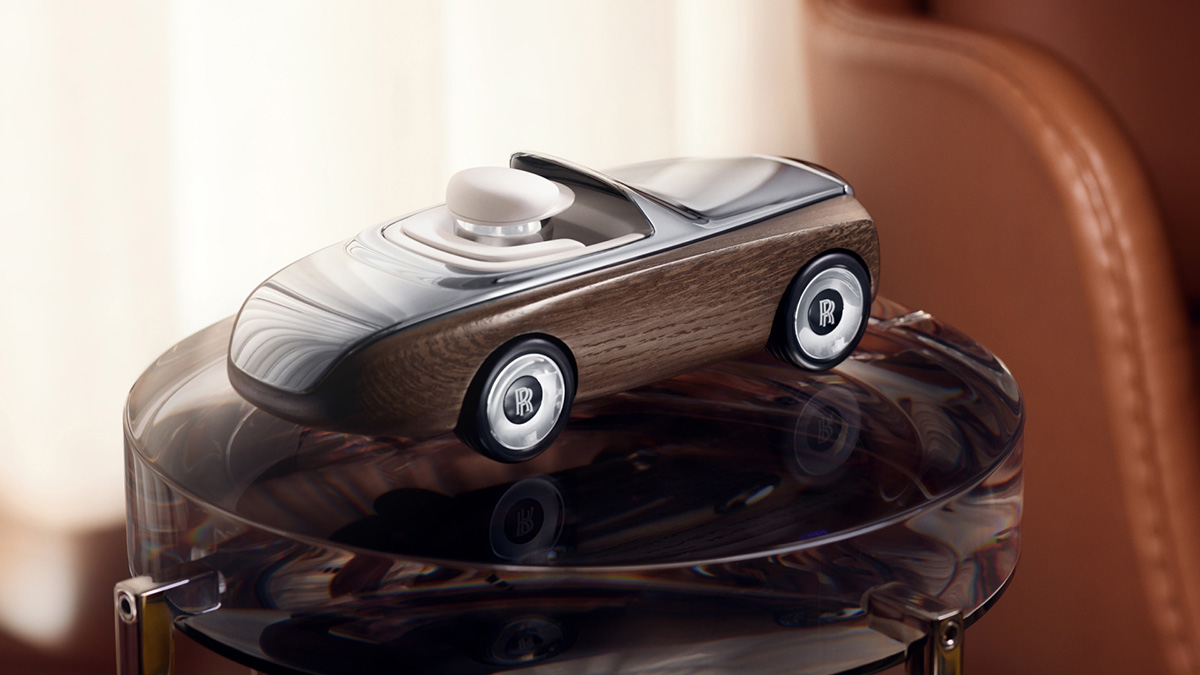
For adults looking for their own pint-sized luxury ride, there’s the Rolls-Royce Cameo ($5,500). Touted as a piece of art rather than a toy, this miniature collectible is made from the same solid oak and polished aluminum used in a real Rolls. As with those cars, this one even has self-leveling wheel-center caps (which operate independently of the hubcaps so that the RR logo is always in the upright position).
Maserati Notebook
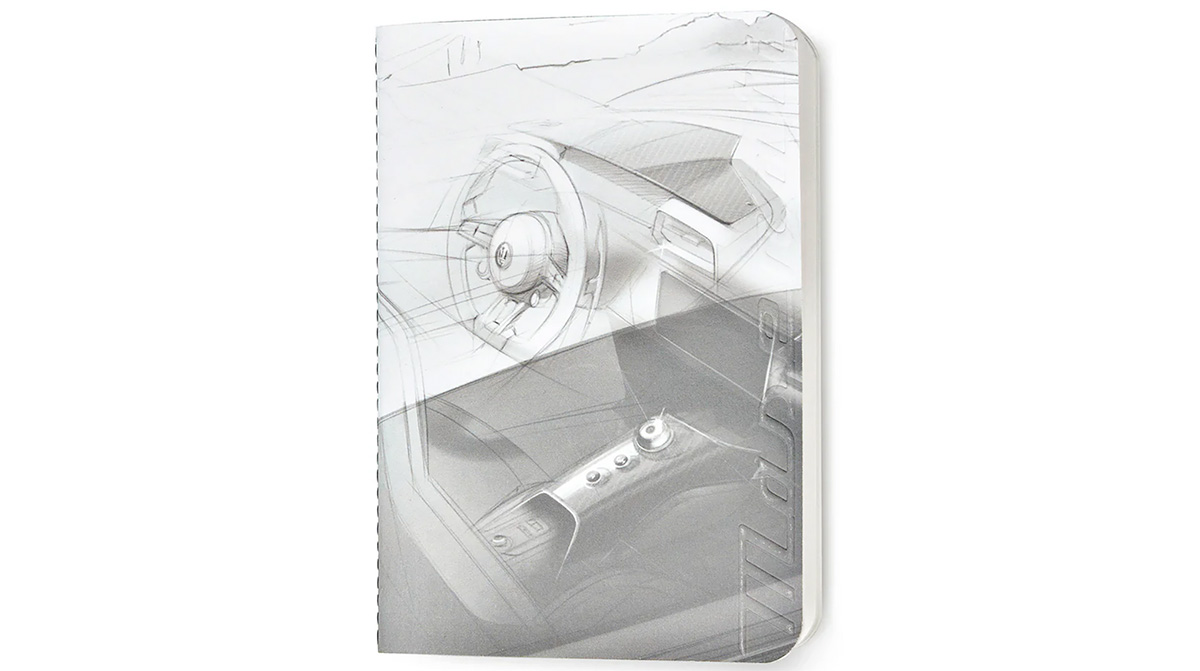
For those of us who still love the art of writing, the Maserati MC20 Sketch Note ($11) is an elegant notebook with 48 sheets of high-quality paper. The front and back covers feature stylish sketches of the interior of a Maserati MC20 supercar and the Maserati logo. Comes with saddle-stitched binding using black thread.
Dodge Demon Dog Collar
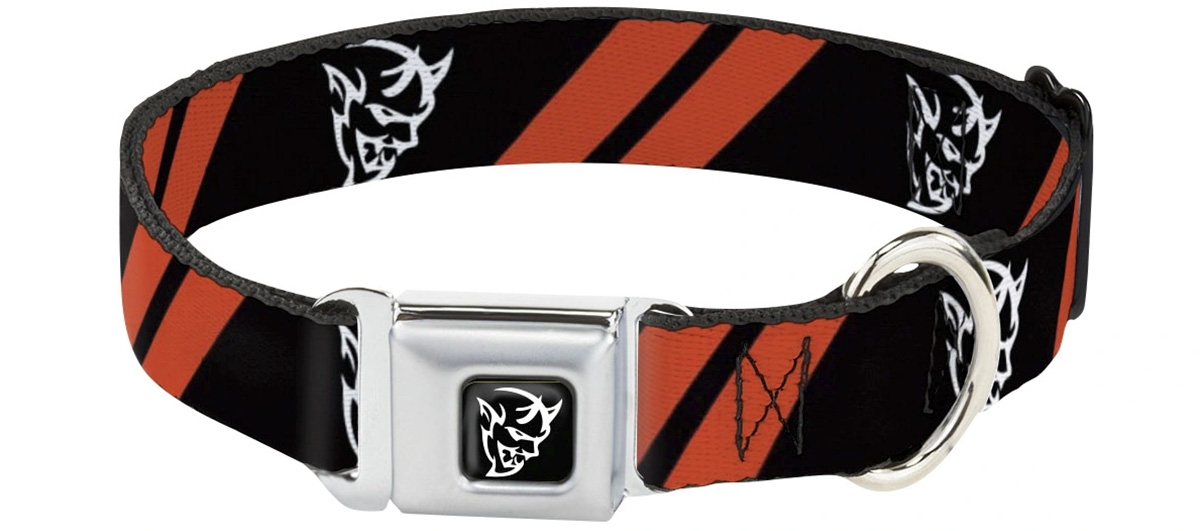
If your pooch is more Fluffy-kins and less the guard dog you sometimes need it to be, then there’s the Dodge Demon Seatbelt Buckle Dog Collar ($30). Made of steel and high-density polyester with a tiny seatbelt-buckle clasp, the collar is emblazoned with devilish Dodge Demon logos.
Real Estate
In real estate, it’s déjà vu all over again
1970s and ‘80s volatility led to creative financing options

In the 1970s and 1980s, mortgage interest rates climbed into the double digits and peaked above 18%. With rates like that, you needed more than a steady job and a down payment to buy a home — you needed creative financing ideas.
Today’s market challenges may look different, but the response has been surprisingly familiar: unusual financing methods are making a comeback, along with some new ones that didn’t exist decades ago. Here is a brief overview of the most popular tools from that era.
Assumable Mortgages were available with FHA, VA, and USDA loans and, until 1982, even Conventional mortgages. They allowed a buyer to take over the seller’s existing mortgage, including its interest rate, rather than getting a brand-new loan, while compensating the seller for the difference between the assumed loan balance and the contract price.
Often, a seller played a substantial role in a purchase. With Seller Financing (Owner Carry) the seller became the bank, letting the buyer make payments directly to them instead of to a traditional lender.
One variation on Seller Financing was the Land Contract. The seller was still the lender, but the buyer made loan payments to the seller, who then paid his own mortgage and pocketed the difference. The buyer would receive equitable title (the right to use and occupy the property), while the seller kept the title or deed until the contract was paid off or the property sold.
With Wraparound Mortgages, the seller created a new, larger loan for the buyer that “wrapped” around the existing mortgage at an agreed-upon rate. The buyer would then pay the seller, who would continue making mortgage payments on the existing balance, collecting payments and pocketing the spread. Whether title conveyed to the buyer or remained with the seller was negotiated between the parties.
Unlike an assumption, when buying a home Subject To an existing mortgage, the buyer took title to the property and agreed to pay the seller’s mortgage directly to the lender plus any equity to the seller; the mortgage stayed in the seller’s name. Now, most mortgages have a Due on Sale clause that prohibits this kind of transaction without the expressed consent of the lender.
Rent-to-Own was also a popular way to get into a home. While a potential buyer rented a property, the seller would offer an option to purchase for a set amount to be exercised at a later date (lease option) or allow a portion of the rent collected to be considered as a downpayment once accrued (lease purchase).
Graduated Payment Mortgage (GPM) loans were authorized by the banking industry in the mid-1970s and Adjustable Rate Mortgages (ARM) surfaced in the early 1980s. Both featured low initial payments that gradually increased over time.
With the GPM, although lower than market to start, the interest rate was fixed and payment increases were scheduled. A buyer could rely on the payment amount and save accordingly.
ARMs, on the other hand, had interest rates that could change based on the market index, with less predictability and a higher risk of rate shocks, as we saw during the Great Recession from 2007-2009.
While mortgage rates today aren’t anywhere near the extremes of the 1980s, buyers still face a tough environment: higher prices, limited inventory, and stricter lending standards. That combination has pushed people to explore tried and true alternatives and add new ones.
Assumable mortgages and ARMs are on the table again and seller financing is still worth exploring. Just last week, I overheard a colleague asking about a land contract.
Lenders are beginning to use Alternative Credit Evaluation indicators, like rental payment history or bank cash-flow analysis, to assess borrower strength when making mortgage loan decisions.
There are Shared Equity Programs, where companies or nonprofits contribute part of a down payment in exchange for a share of the home’s future appreciation. With Crowdfunding Platforms, investors pool money online to finance real estate purchases or developments.
Another unconventional idea being debated today is the 50-year mortgage, designed to help buyers manage high home prices. Such a mortgage would have a 50-year repayment term, rather than the standard 30 years, lowering monthly payments by stretching them over a longer period.
Supporters argue that a 50-year mortgage could make monthly payments significantly more affordable for first-time buyers who feel priced out of the market. Critics, however, warn that while the monthly payment may be lower, the lifetime interest cost would be much higher.
What ties the past and present together is necessity. As long as affordability remains strained, creative financing – old and new – will continue to shape the way real estate gets bought and sold. As with everything real estate, my question will always be, “What’s next?”
Valerie M. Blake is a licensed Associate Broker in D.C., Maryland, and Virginia with RLAH @properties. Call or text her at 202-246-8602, email her at [email protected] or follow her on Facebook at TheRealst8ofAffairs.
Real Estate
Could lower rates, lagging condo sales lure buyers to the table?
With pandemic behind us, many are making moves
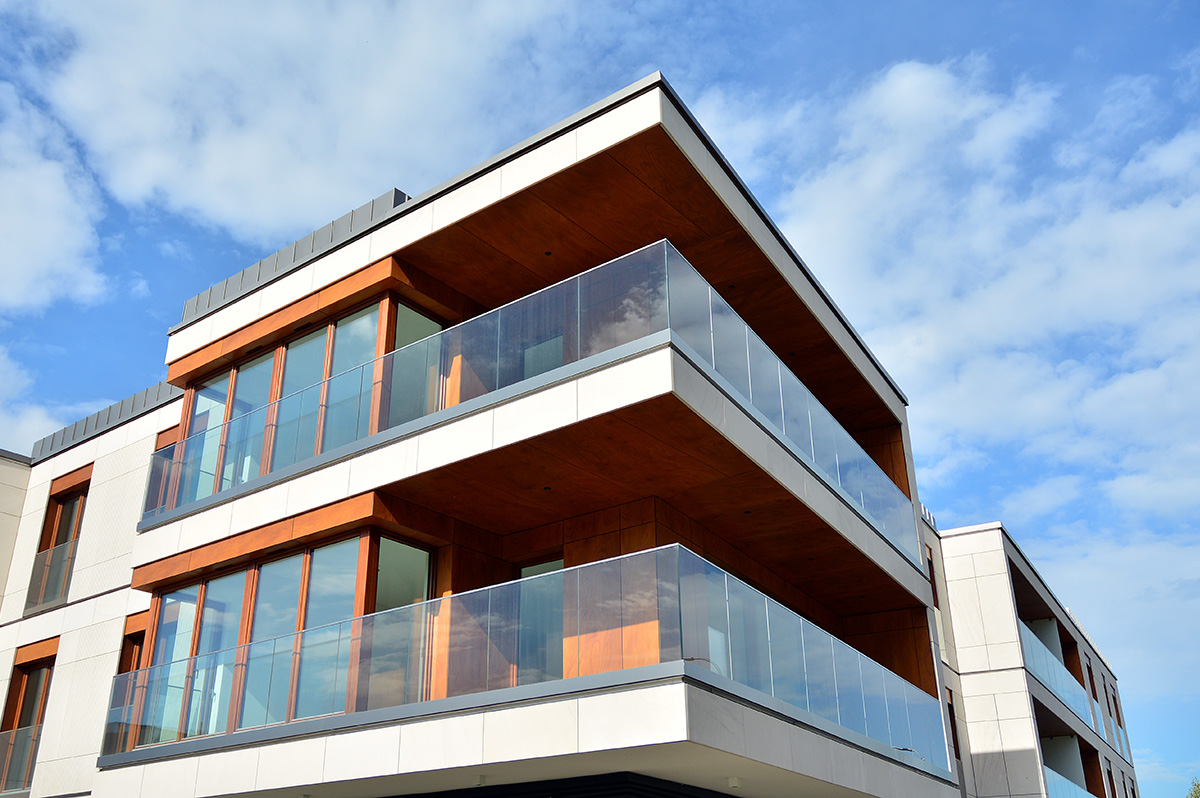
Before the interest rates shot up around 2022, many buyers were making moves due to a sense of confinement, a sudden need to work from home, desire for space of their own, or just a general desire to shake up their lives. In large metro areas like NYC, DC, Boston, Chicago, Miami and other markets where rents could be above $2k-$3k, people did the math and started thinking, “I could take the $30,000 a year I spend in rent and put that in an investment somewhere.”
Then rates went up, people started staying put and decided to nest in the new home where they had just received a near 3% interest rate. For others, the higher rates and inflation meant that dollars were just stretching less than they used to.
Now – it’s been five years since the onset of the pandemic, people who bought four years ago may be feeling the “itch” to move again, and the rates have started dropping down closer to 5% from almost 7% a few years ago.
This could be a good opportunity for first time buyers to get into the market. Rents have not shown much of a downward trend. There may be some condo sellers who are ready to move up into a larger home, or they may be finding that the job they have had for the last several years has “squeezed all the juice out of the fruit” and want to start over in a new city.
Let’s review how renting a home and buying can be very different experiences:
- The monthly payment stays (mostly) the same. P.I.T.I. – Principal, Interest, Taxes and Insurance – those are the four main components of a home payment. The taxes and insurance can change, but not as much or as frequently as a rent payment. These also may depend on where you buy, and how simple or complex a condo building is.
- Condo fees help pay for the amenities in the building, put money in the building’s reserve funds account (an account used for savings for capital improvement projects, maintenance, and upkeep or additions to amenities)
- Condos have restrictions on rental types and usage – AirBnB and may not be an option, and there could be a wait list to rent. Most condo associations and lenders don’t like to see more than 50% of a building rented out to non-owner occupants. Why? Owners tend to take better care of their own building.
- A homeowner needs to keep a short list of available plumbers, electricians, maintenance people, HVAC service providers, painters, etc.
- Condo owners usually attend their condo association meetings or at least read the notices or minutes to keep abreast of planned maintenance in the building, usage of facilities, and rules and regulations.
Moving from renting to homeownership can be well worth the investment of time and energy. After living in a home for five years, a condo owner might decide to sell, and find that when they close out the contract and turn the keys over to the new owner, they have participated in a “forced savings plan” and frequently receive tens of thousands of dollars for their investment that might have otherwise gone into the hands of a landlord.
In addition, condo sellers may offer buyers incentives to purchase their home, if a condo has been sitting on the market for some time. A seller could offer such items as:
- A pre-paid home warranty on the major appliances or systems of the house for the first year or two – that way if something breaks, it might be covered under the warranty.
- Closing cost incentives – some sellers will help a cash strapped buyer with their closing costs. One fun “trick” realtors suggest can be offering above the sales price of the condo, with a credit BACK to the buyer toward their closing costs. *there are caveats to this plan
- Flexible closing dates – some buyers need to wait until a lease is finished.
- A seller may have already had the home “pre-inspected” and leave a copy of the report for the buyer to see, to give them peace of mind that a 3rd party has already looked at the major appliances and systems in the house.
If the idea of perpetual renting is getting old, ask a Realtor or a lender what they can do to help you get into investing your money today. There are lots of ways to invest, but one popular way to do so is to put it where your rent check would normally go. And like any kind of seedling, that investment will grow over time.
Joseph Hudson is a referral agent with Metro Referrals. He can be reached at 703-587-0597 or [email protected].
-

 District of Columbia4 days ago
District of Columbia4 days agoBowser announces she will not seek fourth term as mayor
-

 U.S. Military/Pentagon4 days ago
U.S. Military/Pentagon4 days agoPentagon moves to break with Boy Scouts over LGBTQ and gender inclusion
-

 Drag5 days ago
Drag5 days agoPattie Gonia calls out Hegseth’s anti-LGBTQ policies — while doing better pull-ups
-

 District of Columbia5 days ago
District of Columbia5 days agoFadi Jaber’s Middle Eastern background shapes Adams Morgan bakery




















